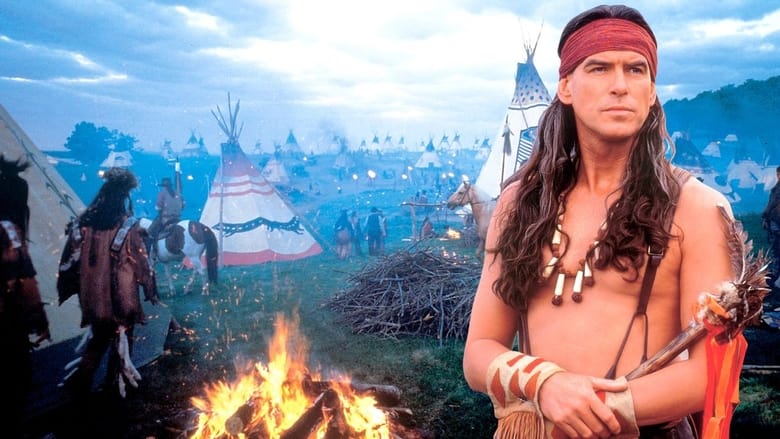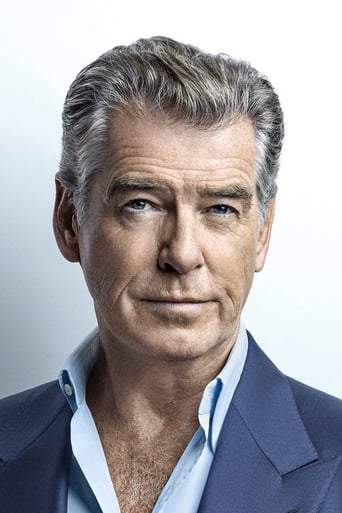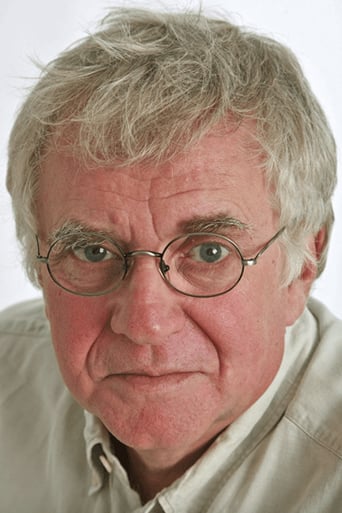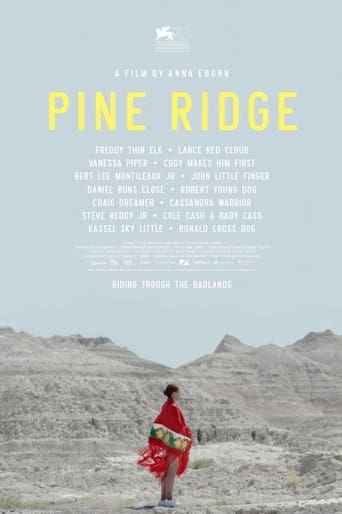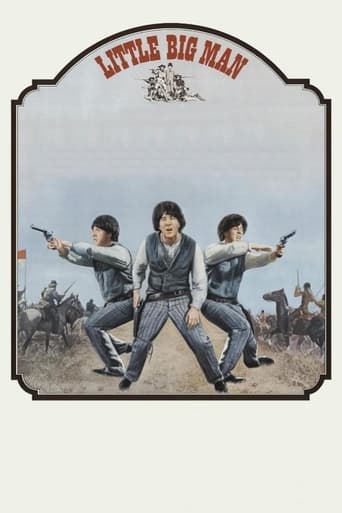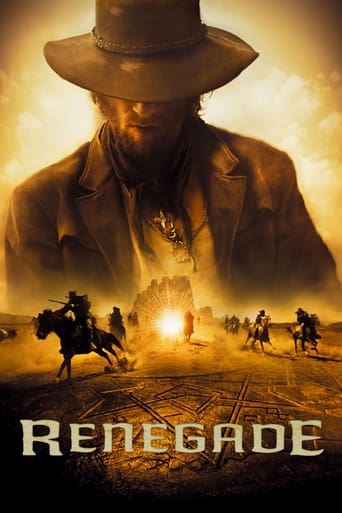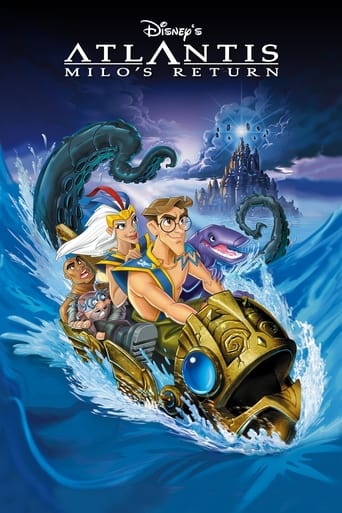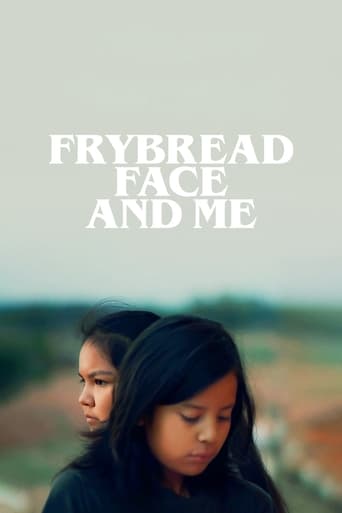Grey Owl (1999)
Archie Grey Owl is a trapper in Canada in the early 1930s when a young Iroquois woman from town asks him to teach her Indian ways. They live in the woods, where she is appalled at how trapped animals die. She adopts two orphaned beaver kits and helps Archie see his way to stop trapping. Instead, he works as a guide, a naturalist writer, and then the Canadian government hires him to save the beaver in a conserve by Lake Ajawaan in Prince Albert National Park. He writes a biography, which brings him attention in Canada and invitations to lecture in England. Before he leaves, he and Anahareo (Pony) marry. In England, his secret is revealed. Will Anahareo continue to love him?
Watch Trailer
Cast


Similar titles
Reviews
To me, this movie is perfection.
A different way of telling a story
If you like to be scared, if you like to laugh, and if you like to learn a thing or two at the movies, this absolutely cannot be missed.
It's easily one of the freshest, sharpest and most enjoyable films of this year.
Richard Attenborough's penultimate film as a director, this is a very good film with many interesting things to say about the necessity of conservation. It is based on the true story of the supposed Canadian First Nations trapper and hunter turned conservationist Grey Owl who was revealed after his death to be in fact an Englishman named Archibald Belaney. Rather than living off the land for his entire life, he was raised in a very nice house in Hastings by his two maiden aunts. In the 1930s, he became famous as a result of his books - though he only writes one in the film - and his lecture tours in England. The film has a strong script by William Nicholson, which admittedly takes quite a few liberties with the historical facts, while Attenborough handles the material with his usual deft hand.As the title character, Pierce Brosnan gives a great performance and there is always a sense that there is an inner conflict. In the early parts of the film, Grey Owl is depicted as being quite a cold, stoic man who rejects the efforts of the much younger Gertrude "Anahareo" Bernard, who unlike him is actually of First Nations descent, to get close to him as he fears that she will learn his secret. Annie Galipeau's performance as Anahareo is very variable, sometimes quite good and other times quite bad. As a result, her chemistry with Brosnan is inconsistent and their romantic scenes are not as effective as they could be. That said, Anahareo is written as a strong, intelligent character who becomes increasingly frustrated with the fact that she and Grey Owl can't have a truly honest relationship since it is obvious that he is hiding something from her. After he reveals his true identity, however, she tells him that it does not matter as she fell in love with him because of the way that he chooses to live his life. It is a very sweet scene but I'm not really sure that I entirely buy it, I'm afraid. The film is dominated by Brosnan and Galipeau but it also features nice appearances from Graham Greene as Anahareo's father Jim Bernard, Stephanie Cole and Renée Asherson as Grey Owl's aunts, Vlasta Vrána as Harry Champlin, Nathaniel Arcand as Grey Owl's adoptive brother Ned White Bear and Floyd Crow Westerman as the Sioux chief who may suspect the truth.Grey Owl's relationship with Anahareo proves to be of crucial significance in his life. While accompanying him on a long hunting trip in the winter of 1934, she adopts two newborn beaver kits who are left without their mother because she was caught in one of his traps. At first, he has little interest in the beavers and is generally dismissive of Anahareo's attempts to care for them. However, he is greatly upset when he mistakenly believes that one of them has been killed and decides to give up hunting, not least because beavers are on the verge of extinction in Canada. Over time, this develops into an interest in conservation in the wider sense and he gains widespread publicity when his book "Pilgrims of the Wild" is published. However, publicity is not a great thing when the public identity that you have constructed for yourself is a complete lie and Grey Owl fears that he will be exposed as a fraud, particularly when he returns to his native England for a three month lecture tour.The film depicts Grey Owl as being essentially a good man whose message of conservation was more important than his lies. While I do more or less agree with this, the film nevertheless glosses over some of the facts and idealises him a little too much for my liking. The script mentions that he had two wives prior to Anahareo but it leaves out the fact that he was a bigamist, having abandoned his first wife and young daughter. He was also known to be an alcoholic but there is not even the remotest sign of this in the film. Furthermore, he and Anahareo had a much longer term relationship in reality and they had a daughter named Shirley but none of this is reflected either. It is implied that the two of them have worked out their problems and remained together until his death in 1938 but in reality they broke up in 1936, which is about the time that the film ends.In contrast to the previous subjects of Attenborough biopics (Churchill, Gandhi, Charlie Chaplin, C.S. Lewis and Ernest Hemingway), Grey Owl is no longer a household name. I have to admit that I had never heard of him before I heard of the film. I decided to read up on him before I watched it and one of the things that I found was a fascinating article by Attenborough himself. The director was lucky enough to have the home phone number of one of the most famous and accomplished naturalists in the world, namely his younger brother David, who told him that if Grey Owl's warnings had been listened to in the 1930s "the whole ecological movement would have been advanced by at least 30 years." As young boys in January 1936, the Attenboroughs attended Grey Owl's lecture in Leicester, which is depicted in the film.Overall, this is a very enjoyable film which raises many interesting points about conservation even if it does skim over some of the more awkward facts of its protagonist's life. Had it not done so, he might have been an even more compelling character. The scenes of nature are beautiful and, at their best, resemble one of the younger Attenborough's documentaries but the film does suffer from occasional instances of slow pacing in its first half.
To the Native People, this movie is about what some call a "would-a-be" or "White Indian"; although the Ojibway people, whom Gray Owl's life turns o not use the word "Indian" but "Anishnabe" which means a good person. Gray Owl as an white and wanting to live the native way, is called a "White Indian".This movie shows him living on and around Bear Island, in Northern Ontario. Gray Owl, shows us his view of their life through his eyes and explain how the northern Canadian native; has been changed by civilization. (trapping,hunting and tourism as in the scene where the "War dance" is performed after a hat-passing collection) It is also an interesting documentary of how the Canadian beaver became a part of the 5 cent coin; as the story advances into how Gray Owl worked to conserve and even reinstate this animal which was endangered from over trapping.The story is beautiful told to us who know and live the savage life of the Northern wilderness and how beautiful it is to return to the basic of nature and leave problems of civilization behind.The scene of most important, to me, also a white Indian, is when Gray Owl meets the Americian Chiefs and they all laugh at the blue-eyed would-a-be Indian. But the quote of the chief was how it did not matter the color of one skin but the color of one's heart. Everyone should have a dream, but if a Gray Owl we can live this dream it is beautiful.. Another similar and great movie of this type is "The return of a Man called Horse" with Richard Harris.A lot can be learned from this movie.. even now after I have visited the area and met the people, I still see great lessons. (for example, Gray Owls friend is an Cree and shown this native group,living with the Ojibway on Bear Island.Interesting off-side of this film is a recent development of an Australian who just finished a summer on Bear Island after wanting to learn about the source of this film. "Broken Arrow - A white Indian"
well worth watching, especially with the nice twist of a journalist with integrity, you are expecting a big fall down story line as Grey Owl is unmasked as a fraud, but it is not to be and adds to the generally optimistic and uplifting theme and drama of the story and film.This has to be Brosnan's best performance to date, he convinces admirably as the English boy playing Indians. The stand out scene is the return to his ?Aunts? where Brosnan and the two elderly lady actresses make a wonderful scene full of feeling of nostalgia and a life lost with so little dialogue, just with expressions and good direction. Perfect.The story is so little known and the message so universal and all important it is a real pity this film did not get better recognition, maybe in time it may become a bit of a classic and a sleeper. I hope so.Well done Dickie Attenborough and cast.
Archie Grey Owl had a Scottish mother but he had an Indian father and was raised as such. As an adult in the 1930's he continues to live as his people did something that draws the interest of Pony, a woman who is looking for her roots having been brought up in the city. She joins him to experience this for herself and gradually finds herself falling in love with him. She convinces him to give up trapping and gets him on the side of conversation and preservation. Gradually his writing and speaking brings him to a world audience and threatens to reveal secrets he himself has denied for years.When this film came out in the cinema it looked a bit dull and I, like many others, decided not to bother with it. On television I gave it a try and, despite having just about enough going for it to watch, I must admit that my initial impressions were spot on because this is a film that takes its time to really go nowhere. The story is basically that a man raised the importance of conservation to an international level but he was not an Indian as he claimed and that's pretty much it. Given that we already known the man is not an Indian (not a spoiler it is a true story and he is played by Bond!) then it is more a matter of waiting for the characters to find out and see what happens. Meanwhile we have lots of gorgeous landscapes and lots of messages about conservation. When the secrets come out, they come out slowly and without fanfare continuing to make the film feel a little dull and empty.Brosnan tries hard with a person that the script doesn't really get to the heart of and he does manage to give a good performance even if his dialogue is occasionally a bit too preachy and obvious for my liking. Galipeau is a real problem because she is as wooden as the forests around her and she barely has any chemistry with Brosnan. The support cast are OK but really the film is about Brosnan and it is to his credit that he kept me watching considering how little he had to work with. The direction is as slow and deliberate as the story but this seems to suit the tone of the script and certainly works well with the cinematography and landscapes.Overall though the film is simply too empty and plodding to really hit the spot. No fuss is made about the secret life surprisingly considering this seemed to be its main thrust; instead the film looks at Archie himself and is frustrated by how guarded he is (both in reality and the film), again making it drag a bit. In the end large sections just looked good and had a vague conservationist "to thine own self be true" message but not a great deal else. Watchable but requires patience.


